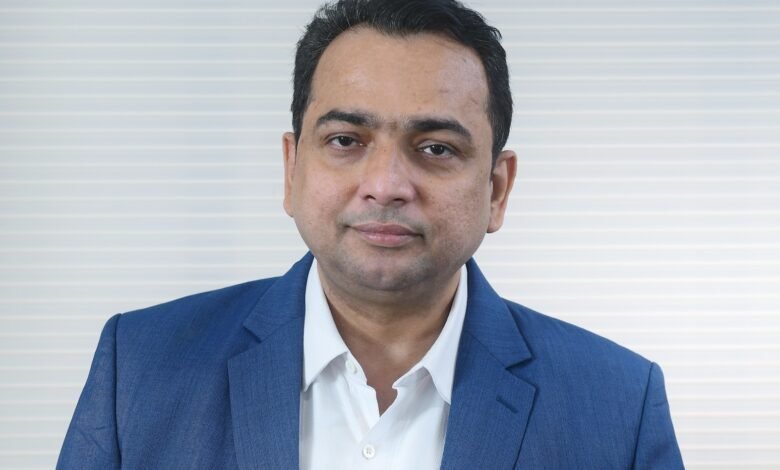World Sickle Cell Day | How to promote equitable blood access for SCD people

Sickle cell disease or sickle-cell anaemia (SCD) affects millions worldwide, with the World Health Organisation estimating that approximately 300,000 babies are born with SCD each year. In India alone, it is estimated that over 20 million individuals carry the sickle cell trait, and about 1.2 million people suffer from sickle cell anaemia. Also, in India, the world’s fastest growing country by GDP, the disease poses a heavy burden both to poor and the government.
Ranking second globally, every year roughly 150,000 – 200,000 children are born with the disease, facing a future of chronic pain, fatigue, and a significantly shortened lifespan. These staggering numbers highlight the urgent need for effective and accessible diagnostic tools to manage and treat this condition.
Education and employment opportunities are often curtailed due to frequent health complications. The financial strain on families is immense. Direct medical costs, coupled with lost productivity, create a significant hardship. National healthcare systems also feel the pressure, with limited resources stretched thin. The relentless cycle of pain crises, infections, and organ damage severely impacts quality of life. Regular medical care, including blood transfusions and pain management, becomes a necessity.
Urgent Need for Advanced Diagnostics
Traditional diagnostic methods for SCD often require sophisticated laboratory equipment and specialised personnel, which are not always available in resource-limited settings. This gap in healthcare infrastructure contributes to delayed diagnosis and treatment, exacerbating the health disparities faced by individuals living with SCD. There are innovative tests being developed to address these challenges. Of these, one is a microscopy-based test that can distinguish between healthy, sickle traits, and sickle anaemia blood samples at the point of care, making it accessible to healthcare providers even in remote and underserved areas.
By eliminating the need for complex laboratory infrastructure, such tests can facilitate early diagnosis and timely intervention, which are critical for managing sickle cell disease effectively.
Bridging Healthcare Gap
In rural and low-income communities, where healthcare resources are often scarce, access to accurate and timely diagnostics can be a matter of life and death. The microscopy-based test is designed to be user-friendly and cost-effective, ensuring that it can be deployed widely without imposing a financial burden on healthcare systems or patients. Moreover, early diagnosis facilitated by this technology can significantly reduce the long-term complications associated with sickle cell disease.
According to the Centers for Disease Control and Prevention (CDC), early and regular medical care, including vaccinations and antibiotics, blood transfusions, and medications, can prevent infections and manage symptoms, thereby improving the quality of life and longevity for individuals with SCD.
Furthermore, the impact of early diagnosis extends beyond individual health. By enabling prompt treatment, we can reduce the overall burden on healthcare systems, decrease the frequency of emergency room visits, and minimise the need for extensive and costly medical interventions. This not only enhances the well-being of patients but also contributes to the economic sustainability of healthcare services in underserved regions.
A Commitment to Social Impact
Partnerships among leading healthcare innovators demonstrates a unified commitment to tackling urgent healthcare challenges and ensuring equitable access to medical advancements. The vision is clear — a future where no individual suffers from a lack of diagnostic resources.
To ensure the success of this initiative, collaboration with healthcare providers, government agencies, and non-profit organisations is crucial. These partnerships are essential to facilitate the deployment of the microscopy-based test in areas most in need. By fostering collaborations and building robust distribution networks, the aim is to maximise the reach and impact of this technology, ensuring that it benefits as many people as possible.
Prioritising sickle cell anaemia (SCA) in India will not only save lives but also empower individuals to reach their full potential. This fight is not just about healthcare; it’s about building a healthier and more productive future for the nation.
Moving forward, there is a continued commitment to innovation, social impact, and improving the lives of individuals living with sickle cell disease. With the support from various healthcare institutions, there is confidence that innovative technologies, including this indigenous microscopy-based test, will significantly contribute to the global fight against sickle cell disease, ushering in a new era of accessible and effective healthcare solutions.
—The author, Sachidanand Upadhyay, is Managing Director, Lord’s Mark Industries Ltd. The views expressed are personal.



